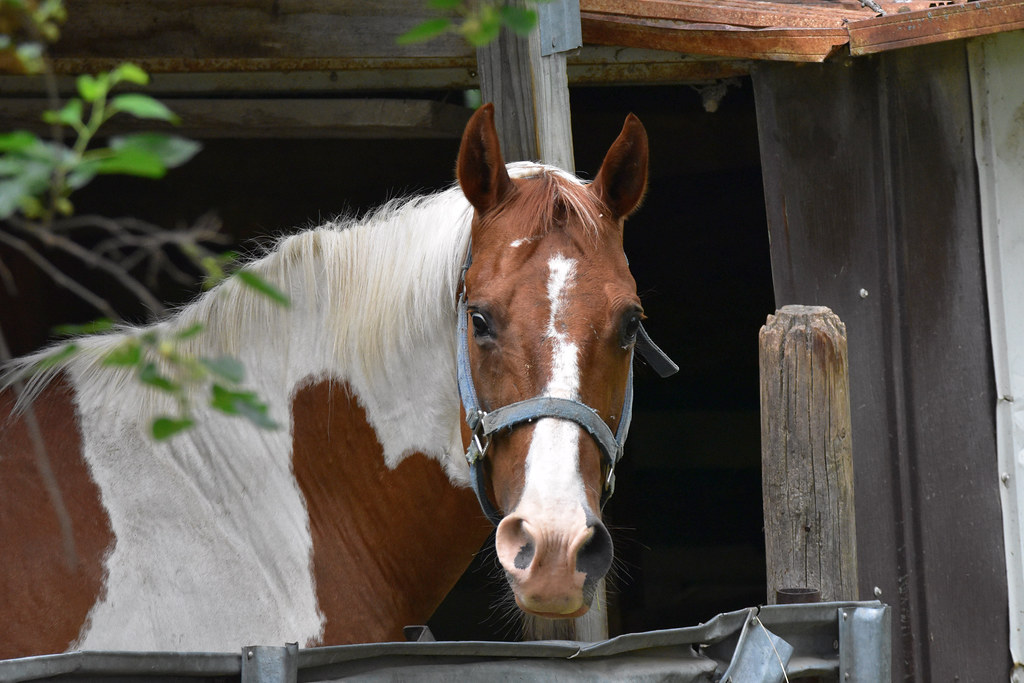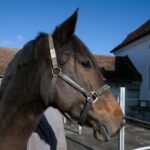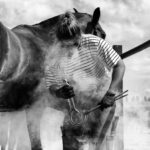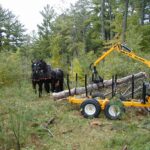Just like humans, horses experience significant changes as they age. The loyal companion who carried you through competitions or trail rides deserves special attention and modified care during their golden years. Retirement for horses typically begins somewhere between 18 and 25 years of age, though this varies widely depending on breed, health history, and previous workload. This transition phase requires thoughtful adjustments to nutrition, exercise, medical care, and housing to ensure your equine friend enjoys comfort, dignity, and quality of life in their senior years. This comprehensive guide will walk you through essential considerations and practical strategies for providing optimal care to your aging equine companion throughout their retirement.
Understanding When Your Horse is Entering Senior Status
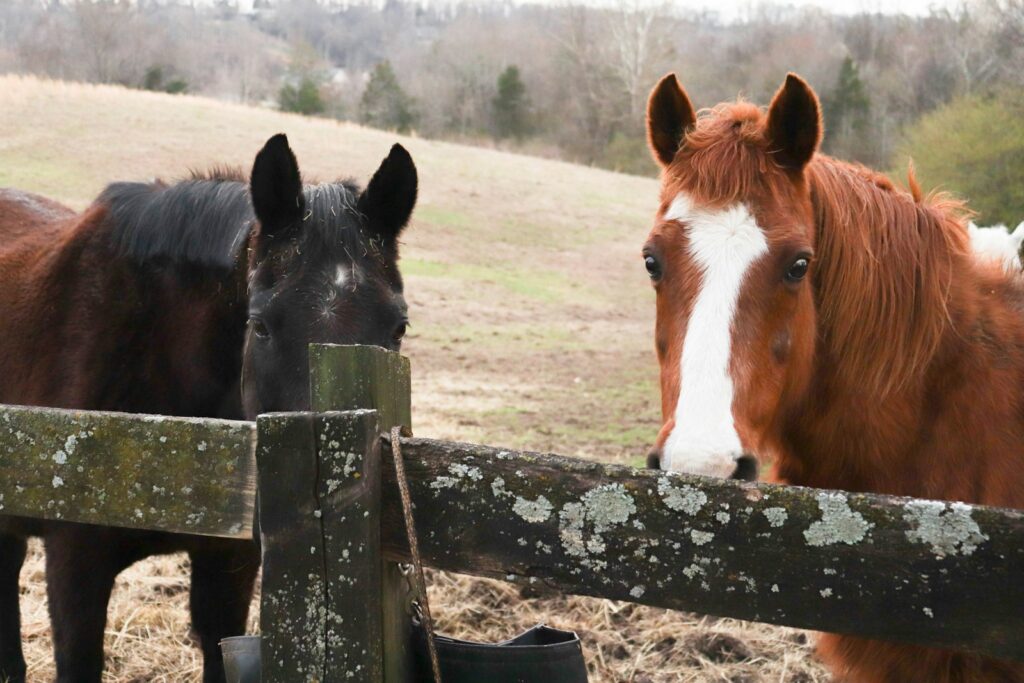
Recognizing when your horse has reached senior status is the first step in adjusting their care routine appropriately. While some horses may show signs of aging as early as 15, others remain vigorous well into their twenties, making chronological age an imperfect indicator of senior status. Watch for physical changes such as graying around the eyes and muzzle, a more pronounced sway in the back, loss of muscle mass over the topline, and a general decrease in body condition despite adequate feeding. Behavioral changes often accompany these physical signs, including reduced playfulness, increased rest periods, and possibly some hesitation when moving from standing to walking. Most significantly, you might notice performance changes even in basic activities, with your once-energetic mount now preferring gentler exercise or showing stiffness after periods of inactivity. These combined signs, rather than age alone, indicate it’s time to transition to a senior care protocol.
Adjusting Nutrition for the Aging Equine
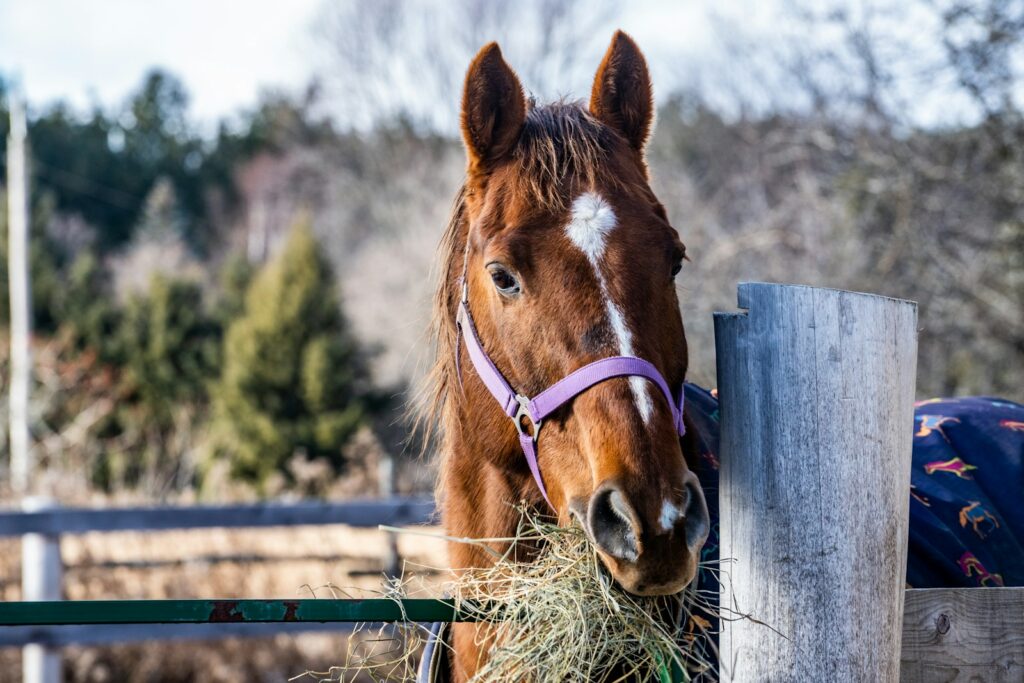
Nutrition becomes increasingly critical as horses age, often requiring significant adjustments to accommodate changing digestive efficiency and dental conditions. Many senior horses benefit from specially formulated senior feeds that feature higher protein content (14-16%), increased fat, and more easily digestible fiber sources to maintain adequate body condition without overloading their digestive system. Feed should be divided into multiple smaller meals throughout the day rather than one or two large feedings to accommodate the senior horse’s reduced digestive capacity and potential for weight loss. For horses with dental issues that prevent proper chewing of hay, consider complete senior feeds with incorporated forage, soaked hay cubes, or beet pulp as alternative fiber sources that require less grinding. Supplements containing glucosamine, chondroitin, MSM, and omega-3 fatty acids often benefit aging horses by supporting joint health and reducing inflammation, though these should be added on a veterinarian’s recommendation rather than indiscriminately.
Maintaining Dental Health
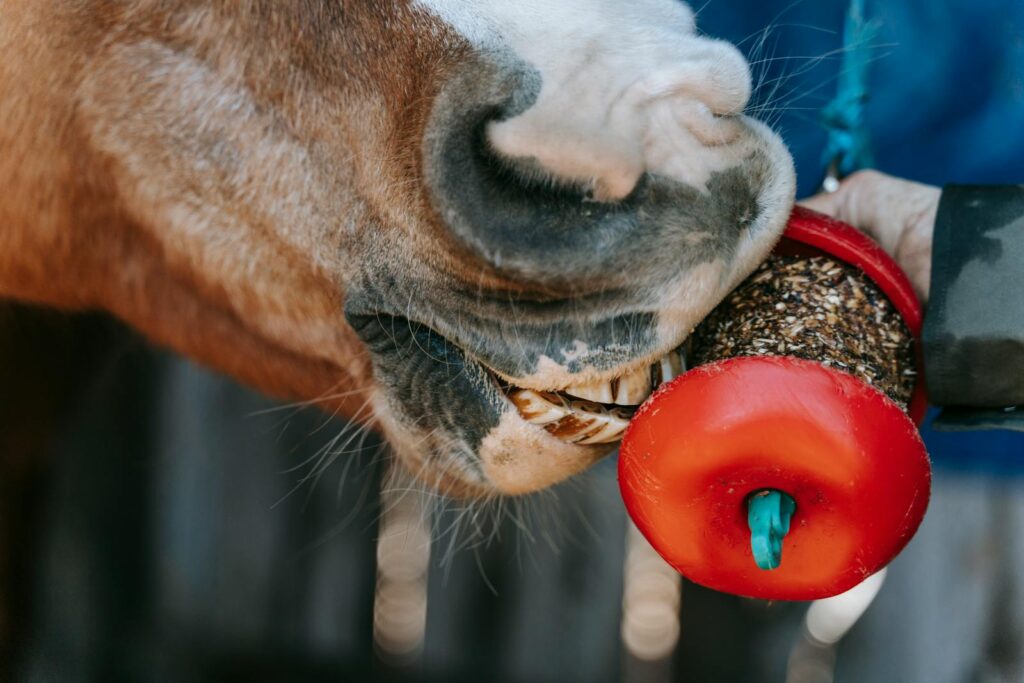
Dental care becomes exponentially more important as horses age, with proper attention potentially extending both quality of life and eating ability by years. Senior horses should receive dental examinations at least twice yearly, rather than the annual check typically recommended for younger animals, as problems can develop rapidly and significantly impact nutrition. Age-related dental issues commonly include wave mouth (uneven wear creating a wave-like appearance), lost or loose teeth, and exposed sensitive roots that make chewing painful and inefficient. Some seniors develop a condition called “smooth mouth,” where teeth have worn down so completely that effective grinding of feed becomes impossible, necessitating a complete dietary overhaul. Watch for quidding (dropping partially chewed food), excessive salivation, reluctance to eat, and weight loss as signs of dental problems requiring immediate attention. Working with an equine dental specialist rather than relying on basic floating can make a tremendous difference in managing complex senior dental conditions.
Appropriate Exercise and Activity
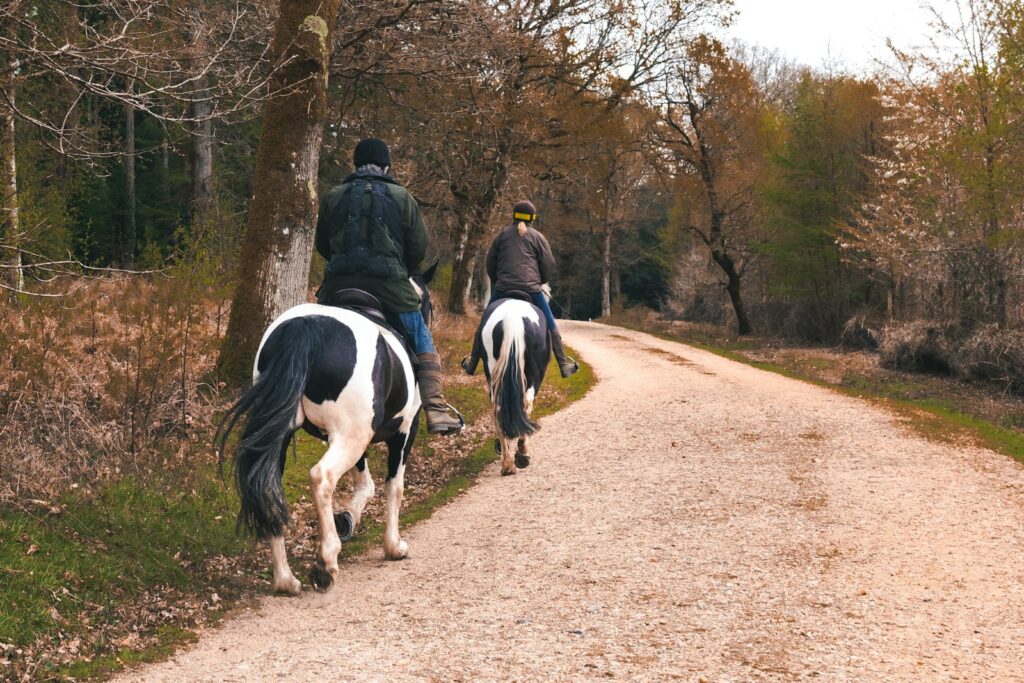
Maintaining an appropriate level of activity is vital for senior horses, as the old adage “use it or lose it” applies particularly well to aging equines. Even retired horses benefit from regular, gentle exercise that helps maintain joint mobility, muscle tone, and cardiovascular health without causing undue stress on aging bodies. Turn-out in appropriately sized paddocks allows natural movement and grazing behavior, which helps prevent stiffness and provides mental stimulation crucial for well-being. For horses physically capable of light riding, short, low-impact sessions a few times weekly can maintain fitness and strengthen the bond between horse and handler during this new phase of life. Hand-walking, liberty work, or in-hand exercises provide excellent alternatives for horses no longer suitable for riding while still engaging their minds and bodies. The key is consistency with exercise, avoiding both long periods of stagnation and sudden bursts of activity that could trigger lameness or discomfort in an older equine.
Managing Arthritis and Joint Health
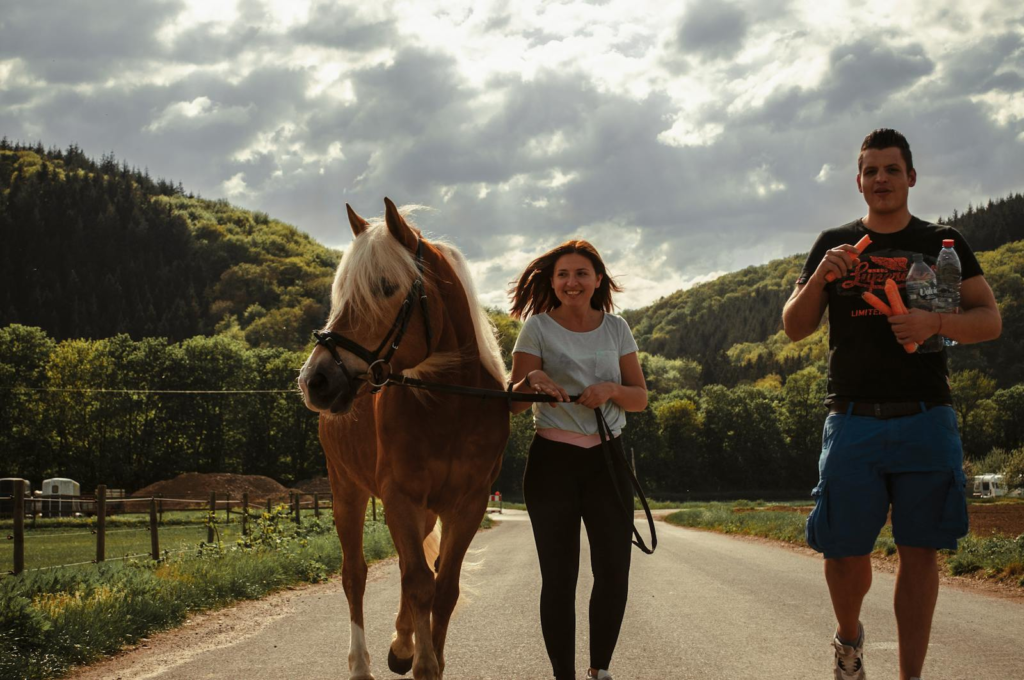
Arthritis affects the majority of horses over 15 years of age, making joint management a cornerstone of senior horse care that directly impacts comfort and mobility. Beyond nutritional supplements, a multi-faceted approach typically yields the best results for arthritic seniors. Work with your veterinarian to develop an appropriate pain management protocol, which might include oral medications like phenylbutazone or more modern NSAIDs with fewer side effects for long-term use. Injectable joint therapies such as hyaluronic acid, IRAP, or polysulfated glycosaminoglycans often provide significant relief for specific problem joints and can extend comfort when used proactively. Physical therapy techniques including therapeutic massage, stretching exercises, and controlled walking up gentle slopes can maintain range of motion and muscle support around affected joints. Environmental modifications matter tremendously—providing firm, level footing prevents unnecessary strain, while ensuring adequate bedding in stalls cushions aging joints during rest periods. Remember that cold, damp weather typically exacerbates arthritic pain, so additional management strategies may be needed seasonally.
Optimizing Living Arrangements
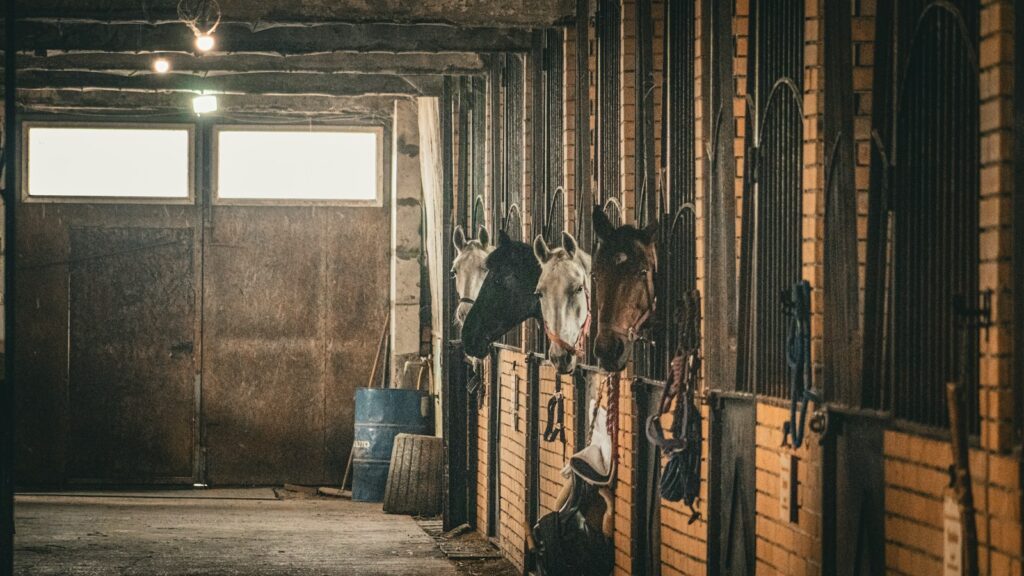
Living arrangements for senior horses often require thoughtful modifications to accommodate changing needs while still providing essential socialization and natural behaviors. Ideally, retired horses should have access to both shelter and turnout, with the ability to move freely between both according to their comfort level and weather conditions. Stall design may need adjustments including non-slip flooring, extra-deep bedding particularly for those with arthritis, and possibly lower water and feed containers to accommodate a reduced ability to stretch the neck downward. Turnout areas should provide solid footing without deep mud or steep inclines that could stress aging joints or increase fall risk. Social considerations remain vital—most seniors benefit tremendously from compatible companions, though they may need protection from more aggressive herdmates. Some retirement facilities offer “senior pastures” specifically designed for older horses with similar exercise and nutritional needs, providing both companionship and appropriate care. Whatever the arrangement, regular monitoring becomes increasingly important, as seniors may not display obvious signs of discomfort until conditions become severe.
Addressing Common Health Challenges
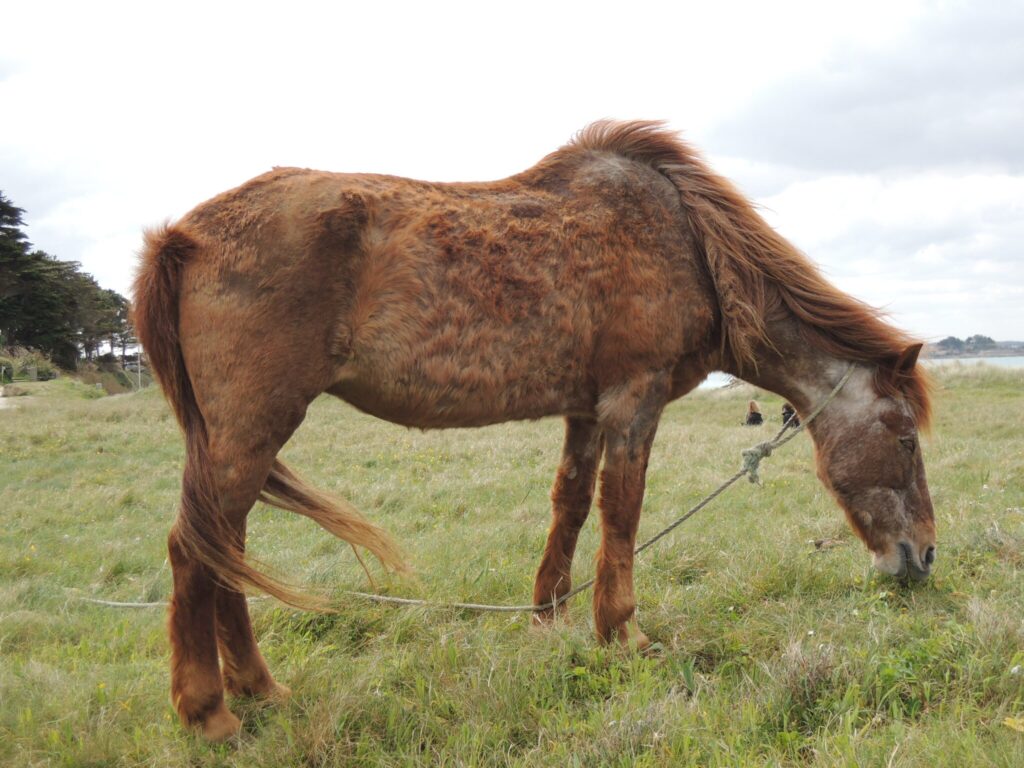
Senior horses face several predictable health challenges that benefit from vigilant monitoring and early intervention. Cushing’s disease (PPID) affects approximately 30% of horses over 20, causing symptoms like abnormal hair growth, excessive sweating, increased drinking and urination, and susceptibility to infections. Regular testing and medication can effectively manage this condition when caught early. Equine Metabolic Syndrome often overlaps with Cushing’s, requiring careful dietary management to prevent laminitis, a painful and potentially catastrophic hoof condition. Kidney and liver function may decline with age, necessitating adjustments to medications and sometimes dietary modifications to reduce these organs’ workload. Respiratory issues become more common, with some seniors developing heaves or recurrent airway obstruction that requires dust-free environments and sometimes medication. Cancer rates increase with age, particularly melanoma in gray horses, making thorough physical examinations important for early detection. The good news is that advances in veterinary medicine mean many of these conditions can be effectively managed when identified promptly.
Seasonal Considerations
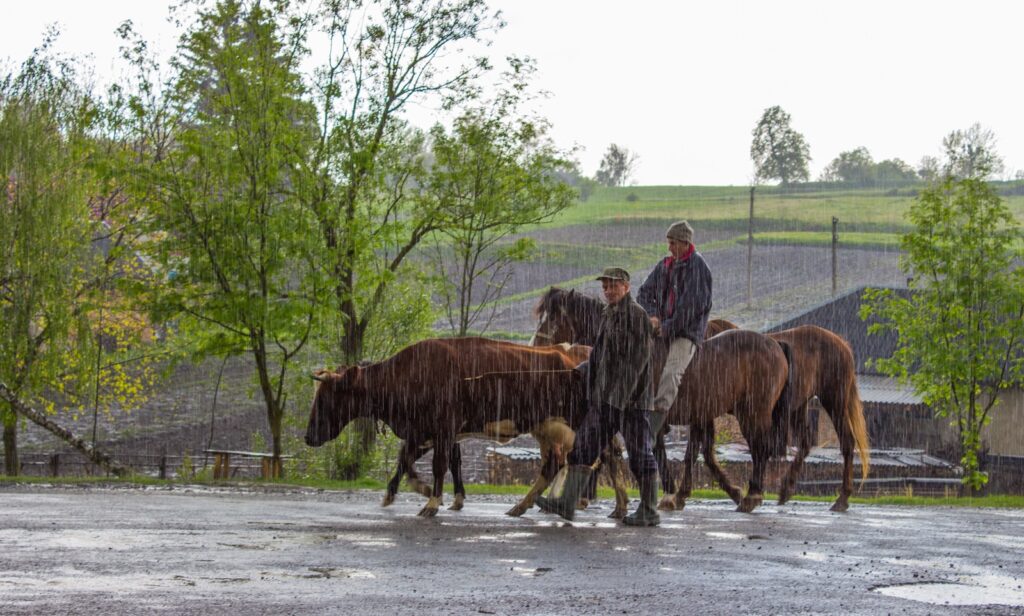
Seasonal changes present unique challenges for senior horses, requiring thoughtful adaptations throughout the year to maintain comfort and health. Winter often proves most difficult, as older horses struggle to maintain body temperature due to reduced fat reserves and less efficient metabolism, potentially requiring blanketing even for horses who managed without in their younger years. Summer heat can be equally challenging, with seniors more susceptible to dehydration and heat stress, necessitating access to shade, fans in stabling areas, and sometimes electrolyte supplementation during extreme conditions. Spring grass introduces laminitis risks for metabolically challenged seniors, making grazing muzzles or limited turnout essential preventative measures during this season. Seasonal vaccination protocols may need adjustment, as some older horses with compromised immune systems might benefit from split vaccinations to reduce reaction risks while maintaining protection. Additionally, parasite control strategies often require modification for seniors, with more frequent fecal testing to determine appropriate deworming schedules rather than following calendars designed for younger horses.
Weight Management Strategies
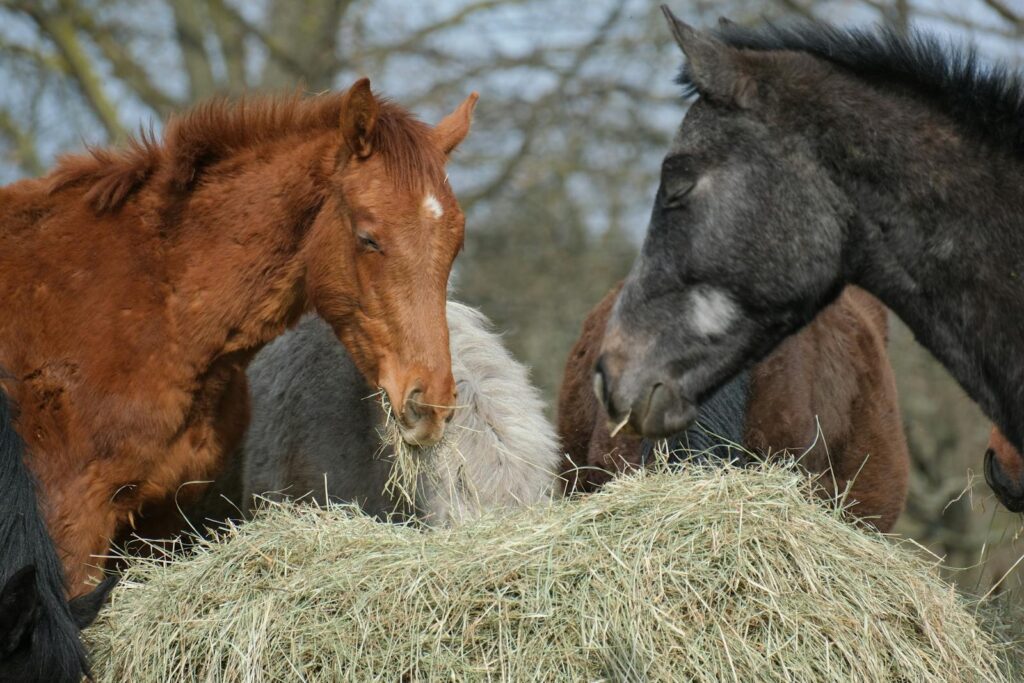
Maintaining appropriate weight becomes increasingly challenging as horses age, with some seniors struggling with weight loss while others tend toward obesity, particularly those with metabolic issues. For the thin senior, smaller, more frequent meals of highly digestible, calorie-dense feed often works better than simply increasing volume, which may overwhelm their digestive capacity. Adding healthy fats through rice bran, flaxseed, or commercial fat supplements provides calories without bulk and often improves coat condition as a beneficial side effect. Conversely, overweight seniors face increased strain on already compromised joints and elevated risk of metabolic disorders, requiring carefully monitored diets that maintain nutrition while restricting calories. Slow feeders that extend eating time while limiting intake work well for many easy keepers, while grazing muzzles allow turnout without excessive grass consumption. Regular weight monitoring using both scale measurements when available and body condition scoring helps catch changes before they become extreme, allowing for proactive adjustments to feeding programs.
Creating a Veterinary Care Schedule
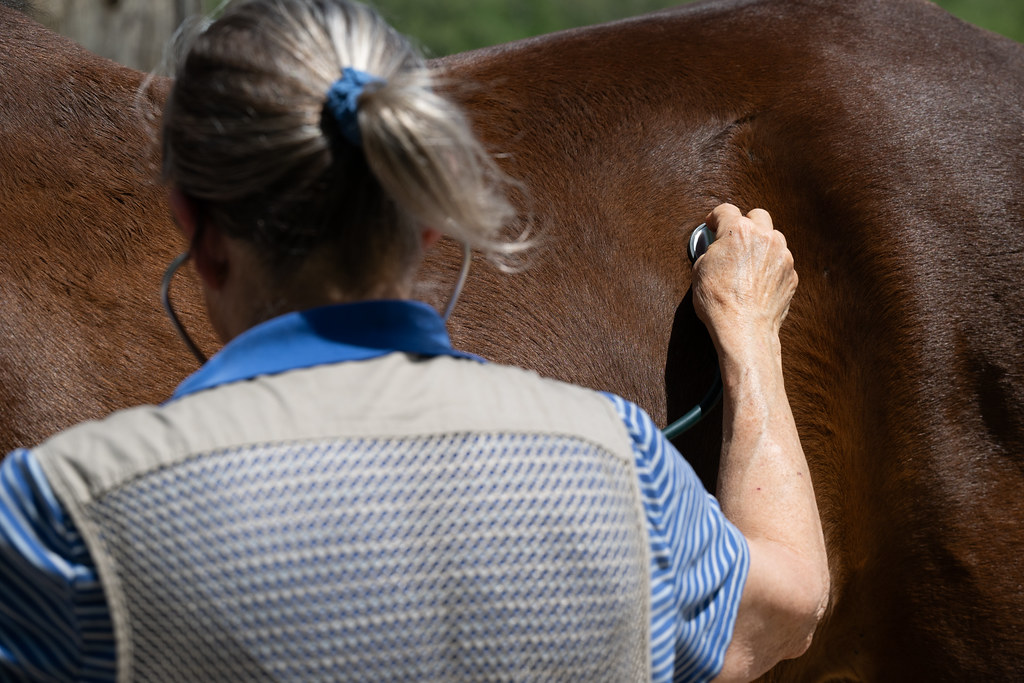
Preventative veterinary care becomes even more crucial for senior horses, requiring a shift from the annual visits sufficient for younger equines to more frequent monitoring. Working with your veterinarian to establish a senior-specific schedule typically includes bi-annual comprehensive examinations focusing on dental care, body condition assessment, and early detection of age-related conditions. Blood work should be performed at least annually, establishing baseline values and monitoring for changes in organ function, particularly for horses on long-term medications. Consider adding specific screenings for common senior conditions like PPID (Cushing’s disease) through ACTH testing and insulin resistance through glucose tolerance testing for at-risk individuals. Vaccination protocols may need adjustment based on immune function and lifestyle, with some retired horses requiring less frequent boosters if they no longer travel or encounter other horses. Developing a written care plan with your veterinarian ensures all aspects of health are monitored systematically, preventing issues from falling through the cracks during this vulnerable life stage.
Hoof Care for the Senior Horse
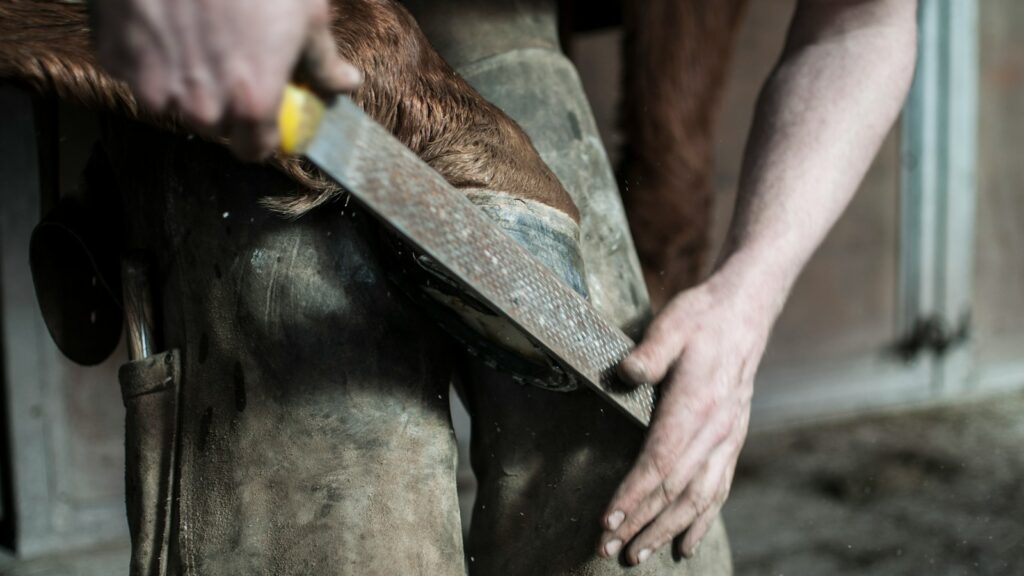
Hoof care requirements often change significantly as horses age, requiring adjustments to trimming schedules and sometimes therapeutic approaches. Many seniors benefit from more frequent but less aggressive trimming schedules—perhaps every 5-6 weeks instead of the standard 6-8 weeks—to prevent dramatic changes that could affect already compromised joints and soft tissues. Circulatory changes common in aging horses can reduce hoof growth and healing ability, making careful attention to balance and appropriate heel support particularly important to prevent bruising and abscesses. Some seniors develop chronic conditions like navicular syndrome or laminitis that require specialized trimming or therapeutic shoeing to maintain comfort and function. The ability to pick up feet for extended periods may diminish with age, so working with a patient, experienced farrier who understands senior horse limitations becomes increasingly important. For horses with significant arthritis, your veterinarian might recommend sedation for farrier work to prevent pain and stress during necessary hoof maintenance.
End-of-Life Considerations and Quality of Life Assessment
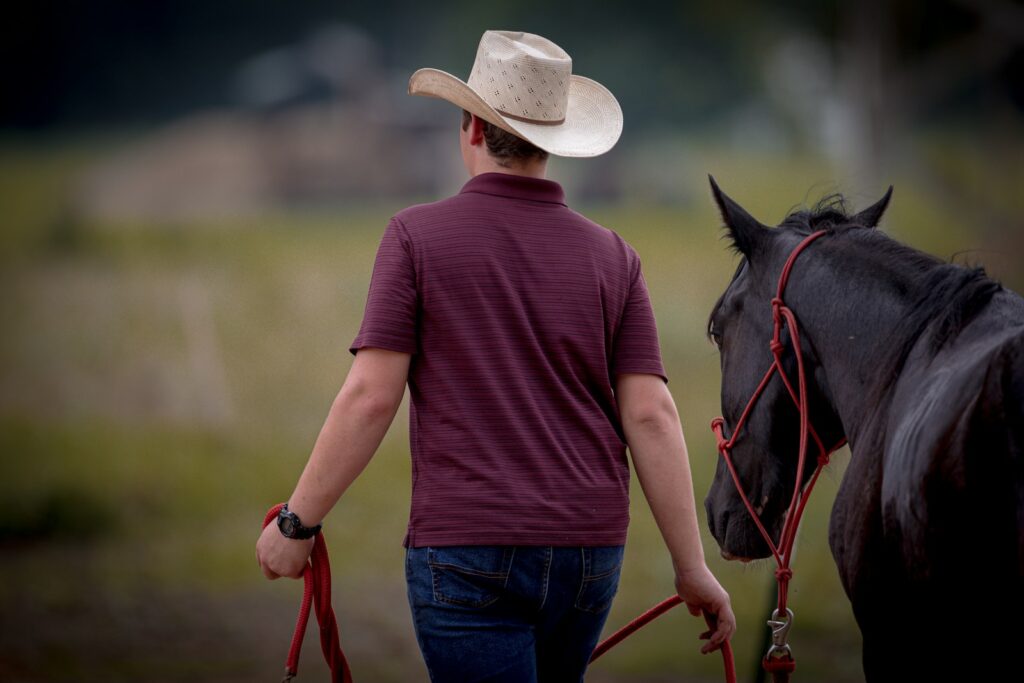
Perhaps the most challenging aspect of senior horse care involves honest, ongoing quality of life assessments and preparing for end-of-life decisions with compassion and clarity. Develop a concrete method for evaluating your horse’s well-being, such as a daily log tracking appetite, mobility, comfort level, and engagement with surroundings, which provides objective measures during emotional times. Many veterinarians recommend creating a list of specific quality of life indicators meaningful for your individual horse—perhaps the ability to lie down and rise without assistance, maintain adequate weight, or interact with pasture mates—reviewing these regularly to identify concerning trends. Have frank discussions with your veterinarian before crisis situations about your philosophy regarding interventions, helping establish parameters for humane euthanasia decisions should they become necessary. If possible, research options and make arrangements in advance, considering factors like at-home euthanasia services, body removal logistics, and memorialization choices that provide comfort during an inevitably difficult time. Remember that making these decisions from a place of love rather than convenience honors the partnership you’ve shared with your equine companion.
Finding Joy in the Golden Years
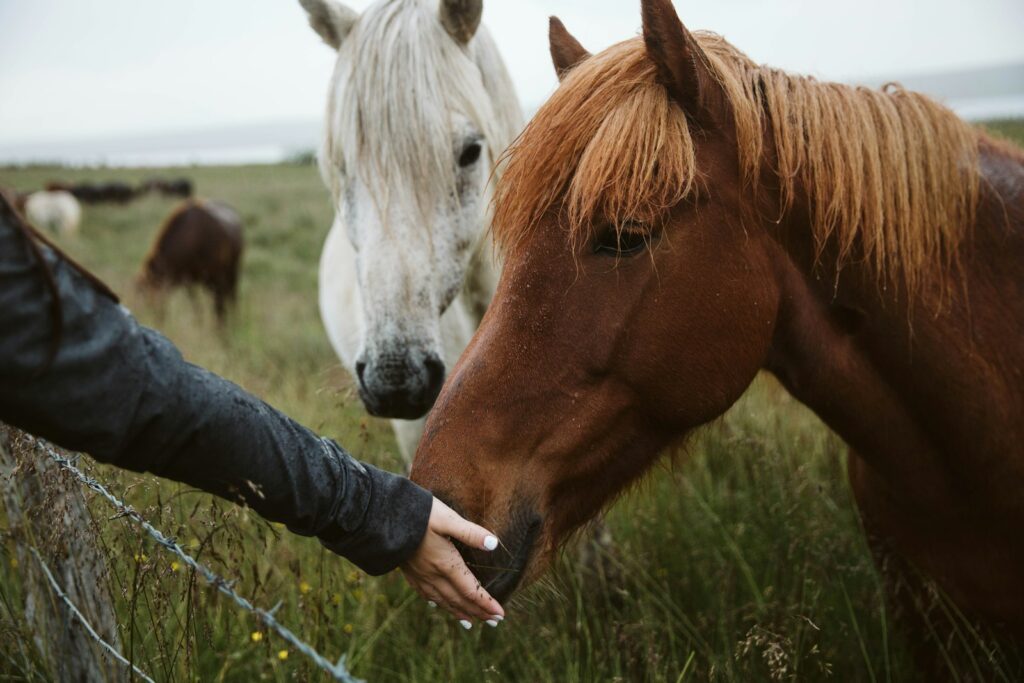
While caring for a senior horse involves many medical and management considerations, equally important is finding ways to maintain joy and connection during this special life phase. Many retired horses still enjoy interaction and purpose, thriving when given appropriate jobs like gentle companionship for young horses, limited lesson work with beginners, or liberty training that engages their minds without physical strain. Consider exploring new ways of connecting that accommodate physical limitations—grooming sessions that double as massage therapy, hand grazing in new areas that provide mental stimulation, or target training that provides cognitive enrichment. Document this precious time through photographs and journal entries, celebrating small victories and everyday moments that might otherwise pass unnoticed. The senior years, while challenging in some respects, often allow for a deepening relationship unhampered by performance pressures, creating space for a uniquely rewarding connection based on mutual understanding and care. This final chapter, approached with intention and appreciation, often becomes one of the most meaningful parts of the horse-human journey.
Caring for an aging equine companion through their retirement years represents both a responsibility and a privilege. By thoughtfully addressing their changing nutritional, physical, and emotional needs, you honor the years of service and partnership your horse has provided. Remember that each senior horse is an individual with unique requirements that will continue to evolve over time, making regular assessment and flexibility essential components of effective care. With appropriate management, many horses can enjoy healthy, comfortable retirements well into their late twenties and beyond. The extra attention, adapted care practices, and financial investment required during these golden years returns immeasurable rewards in continued companionship and the knowledge that you’ve provided your faithful friend with the dignified retirement they so richly deserve.

